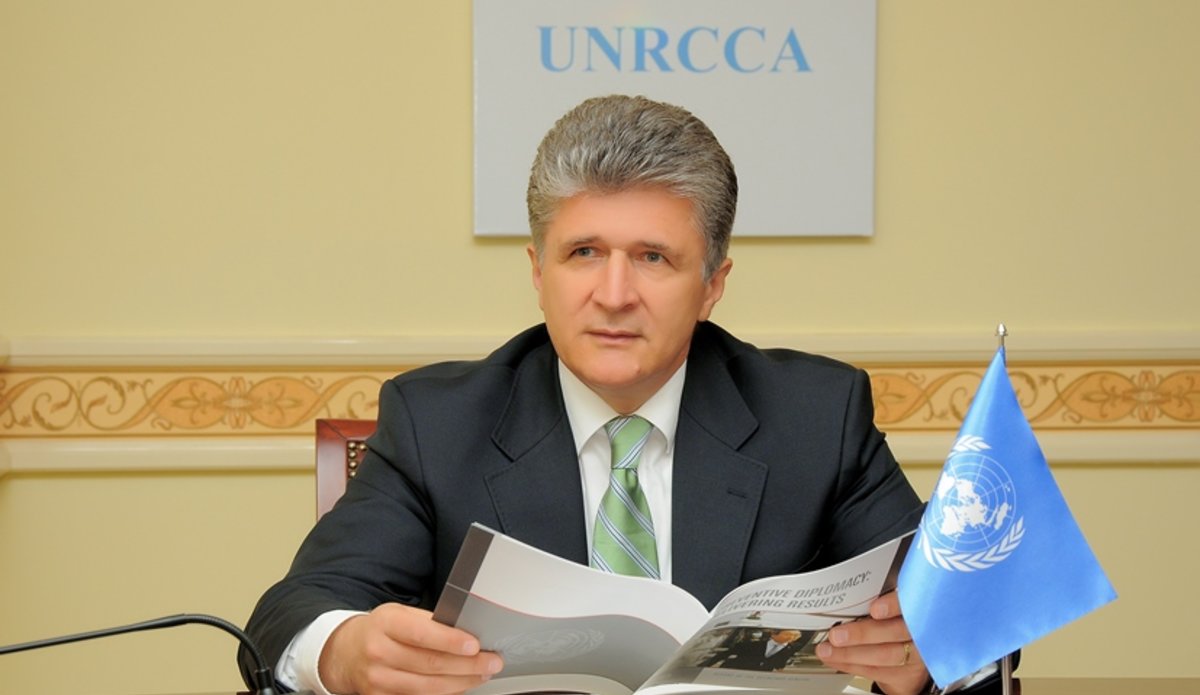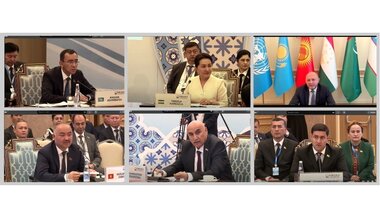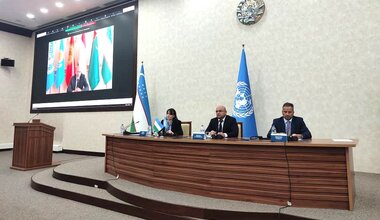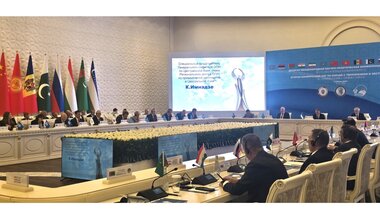Keynote address by SRSG Miroslav Jenča at the Regional Convention on Refugee Protection and International Migration: Mixed Movements and Irregular Migration in Central Asia
ALMATY, Kazakhstan
Dear Minister,
Excellencies,
Ladies and gentlemen,
I am very pleased to be with you in Almaty to take part in this regional conference on refugee protection and international migration in Central Asia.
Migration affecting the Central Asian region is a multifaceted phenomenon. It may be driven by social, political, economic environmental or humanitarian factors, which are difficult to anticipate.
This unpredictability of population flows, coupled with an often heavy burden placed on receiving countries and possible tensions with the local population, carry a destabilizing potential. Differing state policies and the absence of a coordinated approach to migration management further illustrate the security challenge that the phenomenon of migration poses for Central Asia.
The UN Regional Center for Preventive Diplomacy for Central Asia UNRCCA is mandated to assist Central Asian countries to address threats to regional stability through coordinated approaches and preventive action. Today's event provides an excellent opportunity to foster streamlined approaches in refugee protection and migration management and to assist Central Asian states to develop comprehensive and protection sensitive migration strategies. This is essential in light of the clear security aspects of the problem of migration, its relevance to Central Asian states, and regional stability.
There is an obvious necessity to approach the challenges of international migration in a coordinated and rights-based way. This is what the 10-Point Plan of Action developed by the UNHCR seeks to do. The 10-Point Plan is a framework developed for States and other actors to craft comprehensive strategies in response to mixed migration situations including refugees and other people in need of international protection. It is not a blueprint requiring identical action in all circumstances. Rather, it is here to assist in identifying key objectives and structuring the strategies developed to achieve those objectives.
To be effective, a management strategy must be comprehensive, integrated and take a long term view. For the purposes of this conference this implies looking at migration flows and trends, within, to, and from Central Asia.
A better understanding of these mixed movements in and through the region and their ramifications for policy, legislation and cooperation among countries can provide the basis for approaches and strategies to address current and emerging issues related to international migration.
An effective migration management strategy needs policy coherence. This is required to boost the developmental impact of migration and to combat adverse effects such as brain drain, human smuggling, and human trafficking. Thus, a migration policy that is committed to promoting development in countries of origin must be supported by policies that influence the development outcome of migration, such as finance, trade, peace and security, environment, and social sector development.
Migration policies must incorporate the need for good quality data and systematic analysis of the intricate linkages between migration and development. While there is no reason to question the general positive development impact of migration, through remittances diaspora investments and other initiatives, policy formulations and decisions must be guided by knowledge based on as much evidence as possible, and by insight. In the same manner, it is important to understand better how the global financial downturn and recession impact on the flow and value of remittances and who the beneficiaries of remittances are.
Migration strategies also need to be aware of the interrelationship between refugee protection and migration. In this respect, it is particularly important to boost integration strategies and possibilities for refugees and other displaced people in their host countries. When integration becomes impossible, for lack of means to develop sustainable likelihoods, irregular migration is often considered by the people concerned as the only option.
Management strategies need to recognize that migration is not gender neutral. Women's and men's experiences along the migration route, and of residing and working in host countries may greatly differ – as well as the outcome of their migration. A gender perspective is essential for understanding both the causes and consequences of migration. The latter can be an empowering experience for women – but it can also disempower them. Making women migrants more visible is a matter of acknowledging their important contribution to economic and social development, while also firmly addressing the risks and abuses that women and girls in particular may be exposed to as migrants.
Finally, there is a growing recognition worldwide that climate change has added a new dimension to our understanding of the drivers of migration. Increasingly, countries will need to invest in disaster risk reduction and strengthen their resilience to the possible consequences of climate change. We should not view those persons affected by natural or environmental disasters as passive victims of climate change. Rather, it is necessary to accommodate migration as an adaptation option. This would also avoid irregular migration.
When he visited the Central Asian region in April 2010, UN Secretary-General Ban Ki-moon witnessed first-hand the tragic reality of an Aral Sea having shrunk to unrecognizable proportions. He called on all the Governments of the region to unite efforts to address the consequences for the environment and livelihoods of the desiccation of the Aral Sea and the desertification of entire areas.
In conclusion, allow me to add that migration is neither positive nor negative; it is a reality, a phenomenon to be reckoned with, which has developed due to a variety of often intermingled factors. The response of states to the phenomenon of migration must be balanced. It needs to accommodate the imperatives of national security with the respect for international conventions regulating the rights of migrants as well as those protecting refugees and stateless people. But equally important, this response must be political, that is to say articulated around clear policy objectives and guided by the long-term interests of strengthening regional stability and promoting development.
I do hope that today's conference will help us to advance towards a common understanding of ways in which effective management of mixed migration can become an instrument to bolster peace and security in Central Asia and wish you all very fruitful discussions.
Thank you.
 UN
UN





